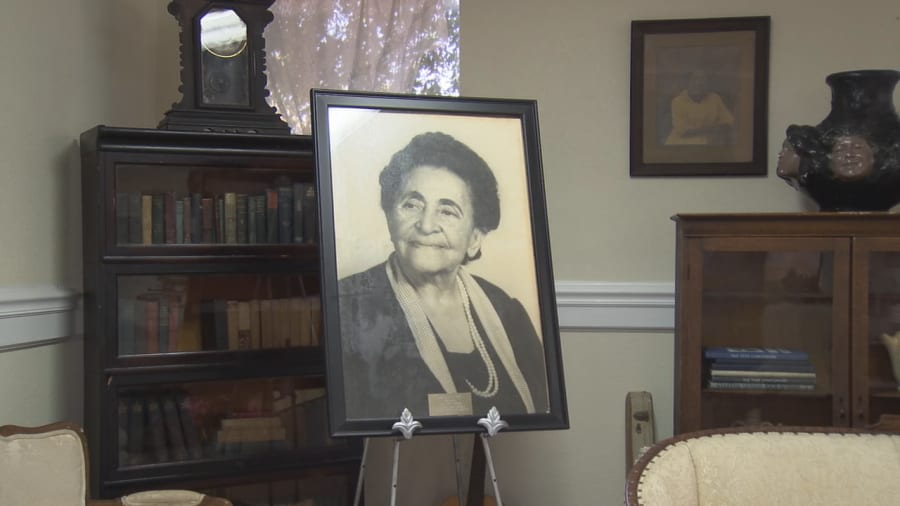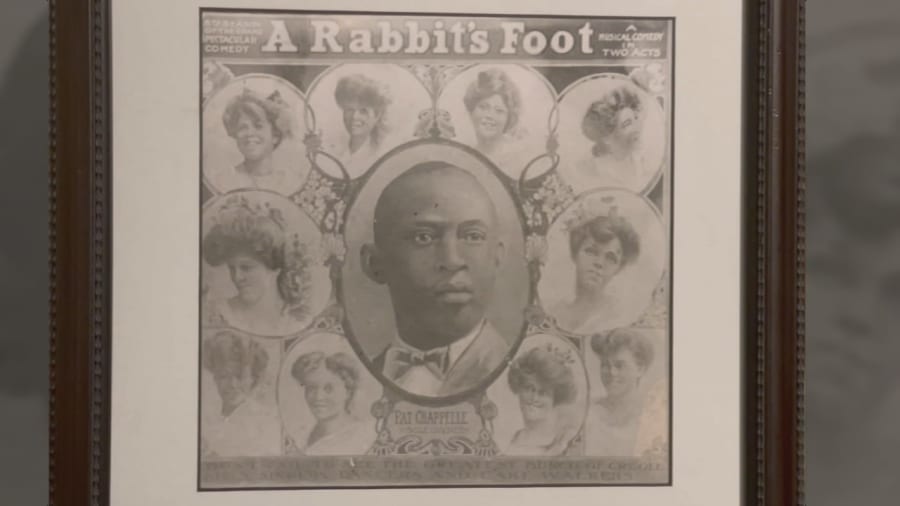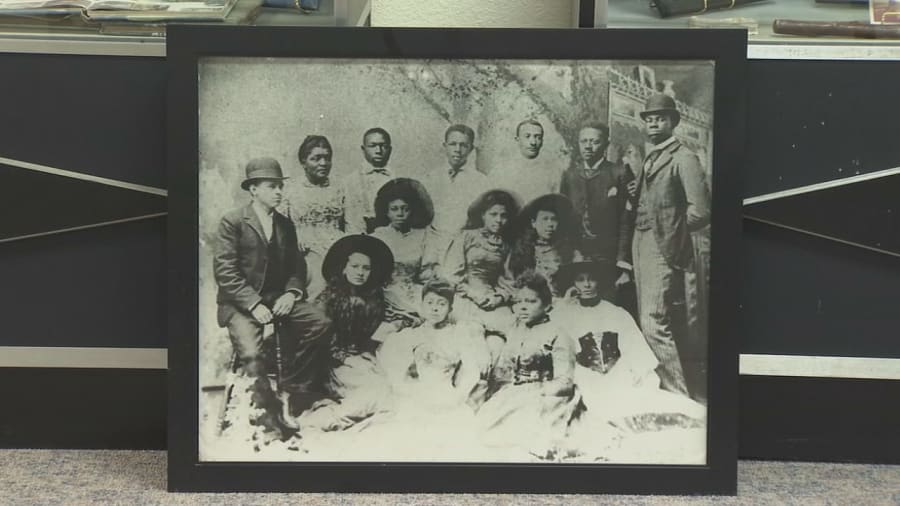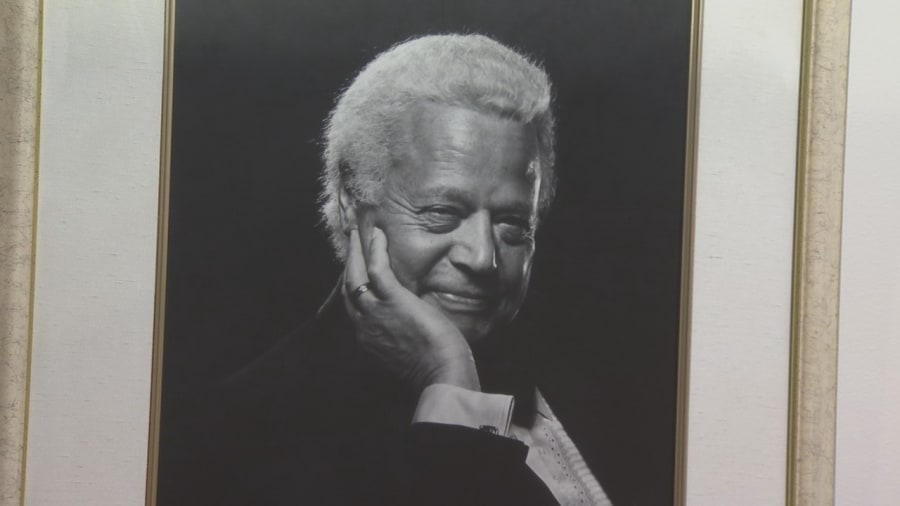JACKSONVILLE, Fla. – You might not realize that many of the neighborhoods that now make up Jacksonville were once cities themselves.
LaVilla has arguably the richest history of them all. It was founded in 1866 and became part of Jacksonville two decades later.
At its height, it was referred to as the destination for Black culture and heritage in Florida.
LaVilla’s music scene was vital to that.
The Eartha M.M. White Historic Museum is on Ashley Street. It was Jacksonville’s first African American museum.
Its namesake, Eartha White, is one of many who cut their teeth in LaVilla and paved the way for so many musicians from Jacksonville.

Ulysses Owens Jr. is a drummer who has won several Grammys and been nominated for plenty, too. He was a part of Julliard’s inaugural Jazz Studies major and the prestigious school’s first Black jazz drummer.
He is eclectic. He credits his chops and style to one place.
“When I got to New York, people knew that I was consistent, but I was also versatile,” Owens said. “I could play a lot of different ways. I got that from being in Jacksonville.”
Owens is on an illustrious list of musicians who hail from the River City.

LaVilla’s legacy always inspired him.
The neighborhood is a strong ingredient in the rich flavor of Jacksonville’s music over the last two centuries.
Vanessa Davis, the manager of the Ritz Theatre and Museum, said LaVilla was where the biggest names wanted to be.
“We like to think of Harlem as the LaVilla of the north,” Davis said. “A lot of people started here, like a Billy Daniels, like a Ray Charles, like a Dizzy Gillespie.”
But it all started far before then.
There are those like Eartha White and John Rosamond Johnson, who sang in the first Black opera company in America called “Oriental America” in the late 1800s.
Then there is Patrick Chappell. He created one of the first vaudeville groups based out of Jacksonville.

“The Rabbit’s Foot Company” showcased more than 75 talented artists and it helped launch the careers of many.
Chappell refused to perform in segregated theaters.
Adonnica Toler is the executive director of the Eartha M.M. White Historic Museum, now housed in the Clara White Mission.
“That is where Ma Rainey, who ended up becoming the mother of the blues, and Jelly Roll Morton and others got their start,” Toler said. “[They worked] with the Rabbits Foot organization and they went on to be a very important part of the blues and jazz in the United States.”

Many of those icons set the stage for Owens Jr., who is now doing the same for Jacksonville’s next generation of musicians. He is the founder of a charity called Don’t Miss a Beat, Inc., which serves more than 20,000 kids and young adults in the city.
“I just wanted to show Jacksonville that I have deeper ties,” Owens said. “I want to continue to bring the world to Jacksonville.”
Another instrumental figure to LaVilla was Billy Daniels, who was also born in the former city.

Daniels was one of the first Black singers and actors to have his own weekly radio show and one of the first to cross over into the mainstream.
He also has a star on the Hollywood Walk of Fame.


